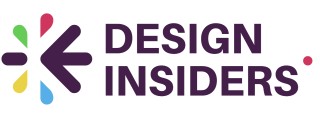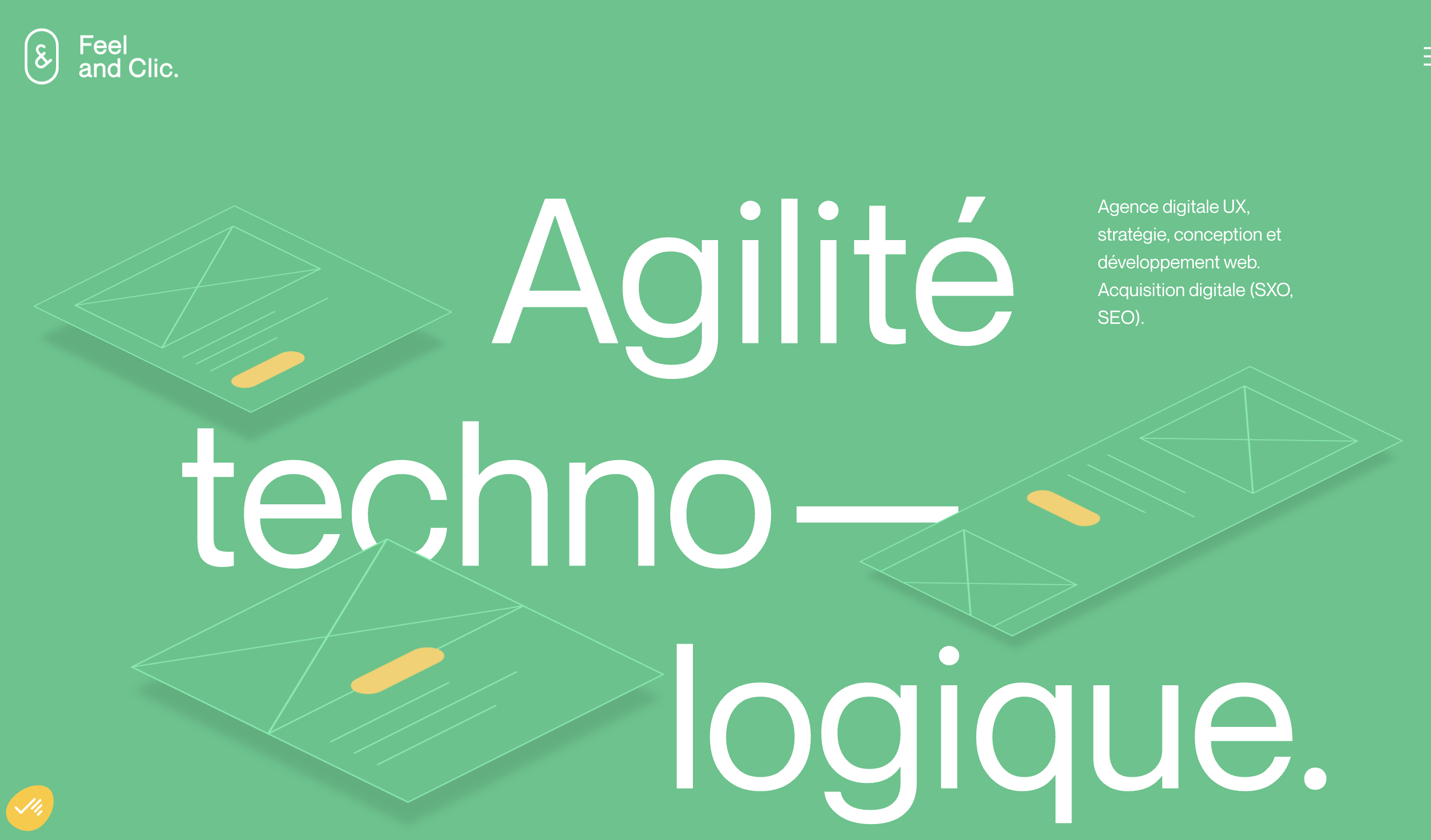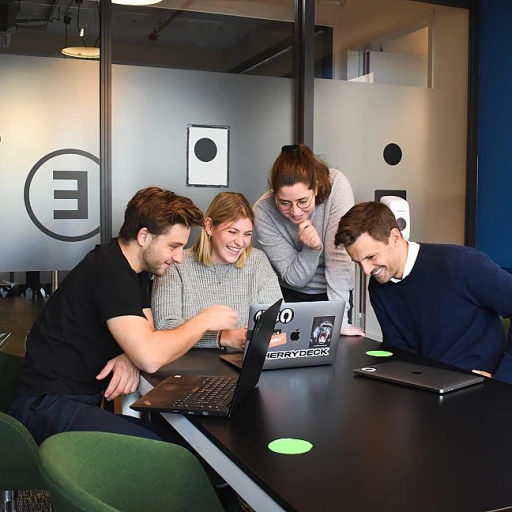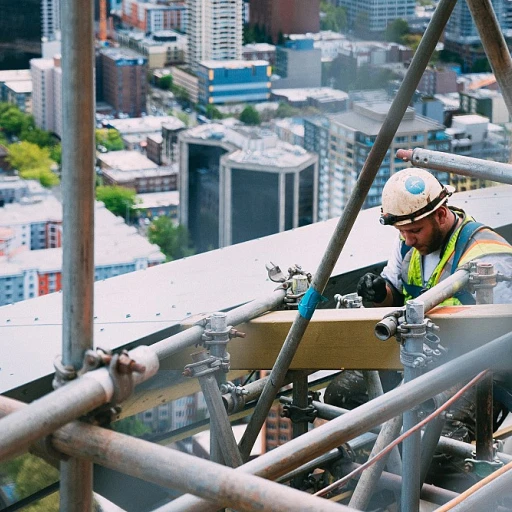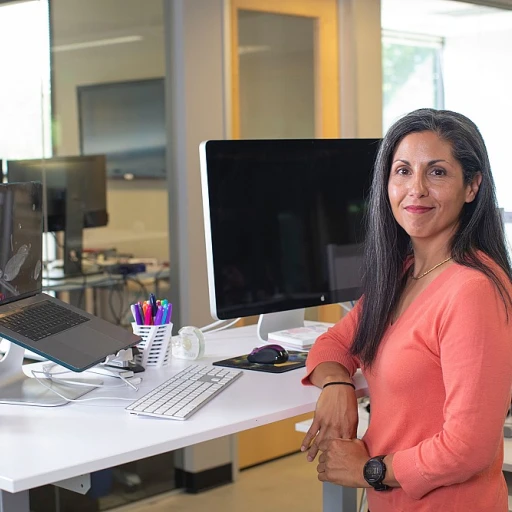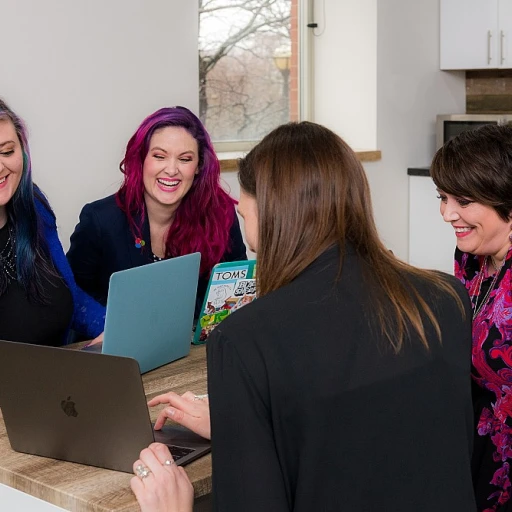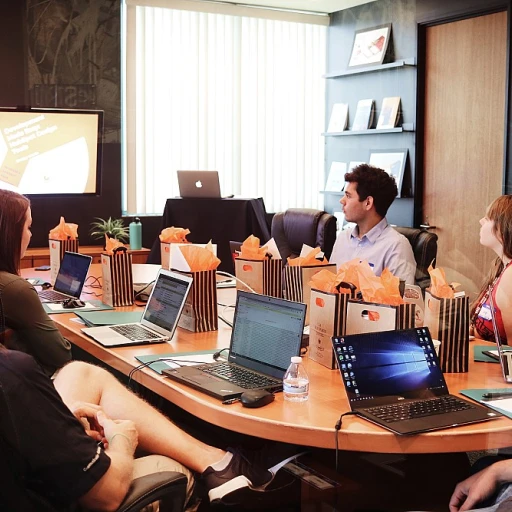
Understanding the Design Workplace Dynamics
Understanding the Interplay of Culture and Technology in Design Workplaces
The dynamics within design workplaces are a compelling blend of creativity, collaboration, and a profound drive toward innovation. Employees in these environments often find themselves at the intersection of digital and physical workspaces, where the roles of technology and tools are ever-evolving. For companies aiming to craft a great workplace, understanding these dynamics is crucial.
Communication and employee engagement are pivotal in enhancing the workplace experience. Organizations that succeed in creating a positive workplace often exhibit a strong company culture that fosters open communication. When employees feel their voices are heard, their engagement and satisfaction levels generally increase. This is particularly significant in environments that support hybrid work models, where digital communication tools can bridge gaps and foster cohesion among team members.
The adoption of technology plays a substantial role in shaping employee experiences. As organizations navigate digital transformation, the need to adapt becomes clear. From using digital signage to improve workplace communication to implementing systems that enhance air quality within the office, technology has the potential to create a more inviting and stress-free work environment. Moreover, in understanding the nuances of workplace dynamics, mastering digital conversion rate optimization becomes a vital strategy in achieving seamless integration of these technological advancements.
Companies focused on developing a thriving work environment also prioritize balancing flexibility with structure. Experience managers play a crucial role in developing workplace strategies that accommodate the diverse needs of their employees, ensuring that both creative freedom and organizational coherence are maintained. By focusing on the dynamics within their workplace, organizations can ensure that workplace strategies not only align with current needs but also lay the groundwork for future enhancements, thereby improving the overall employee experience.
Fostering Collaboration in Design Teams
Building Bridges: The Heart of Teamwork
In the design workplace, fostering collaboration is essential to creating a positive workplace experience. Effective communication is the cornerstone of any successful team, and in design, it becomes even more crucial. Employees need to feel connected, whether they are in a physical office or part of a hybrid work environment. Digital tools and platforms can enhance communication, but they must be used thoughtfully to avoid overwhelming team members.
Cultivating a Culture of Engagement
Company culture plays a significant role in employee engagement. A great workplace is one where employees feel valued and heard. Encouraging open dialogue and feedback can significantly improve workplace experiences. Experience managers can facilitate this by organizing regular team meetings and workshops that promote interaction and idea sharing. This not only boosts employee satisfaction but also enhances the overall employee experience.
Leveraging Technology for Better Collaboration
Technology is a powerful ally in fostering collaboration. Companies can utilize digital signage and other tools to keep employees informed and engaged. However, it's important to strike a balance between technology and personal interaction. Experience managers should ensure that digital tools complement, rather than replace, human connection. This balance is key to maintaining a positive work life and improving workplace dynamics.
Creating a Supportive Environment
A supportive work environment encourages collaboration. Organizations should focus on creating spaces that facilitate teamwork, whether through open office layouts or designated collaboration areas. Additionally, attention to air quality and other physical aspects of the office can enhance employee well-being, contributing to a more engaged and productive team.
For more insights on how to enhance user experience in design, check out this article on enhancing user experience with heat mapping in graphic design.
Creating a Creative Environment
Designing a Space for Creativity
A successful design workplace thrives on creativity and innovation. Creating such an environment requires a nuanced approach that addresses both physical and digital aspects of the workspace. It involves crafting an atmosphere where employees feel empowered to explore new ideas and collaborate effectively. Incorporating elements that enhance creativity starts with the office layout. Open spaces often encourage spontaneous communication and foster a collaborative culture. However, it's crucial to balance this with quiet zones where employees can focus and ideate individually without disturbances. Such diversity in space usage enables a positive workplace, encouraging creativity and engagement. In a hybrid work setting, flexibility is key. Design companies now often blend physical and digital environments to adapt to new work life realities. Utilizing technology tools to facilitate seamless communication among team members, whether they're in-office or working remotely, is vital. Digital signage, for example, can play a significant role in enhancing employee communication and ensuring everyone is on the same page. Beyond the physical and technological, cultivating a thriving company culture is critical as well. Experience managers play a pivotal role in shaping this culture. They work to maintain a sense of community and connection, which directly ties into employee satisfaction and engagement. Organizing regular team activities, both virtual and physical, can significantly improve workplace experiences and employee morale. Building an environment conducive to creativity doesn't stop at office aesthetics—it extends to fostering a culture of inclusivity where all employees feel their contributions are valued. This, in turn, positively impacts employee experience and satisfaction, making the organization a more desirable place to work. For further insights on creating seamless interactions in a design workplace, explore responsive design strategies that optimize workplace experience.Balancing Flexibility and Structure
Finding the Right Balance Between Flexibility and Structure
Creating a balance between flexibility and structure is a complex task in the design workplace. Many companies are increasingly adopting a hybrid work model to enhance the workplace experience, reflecting a broader cultural shift towards more flexible work arrangements. Employees today appreciate the ability to work in environments that cater to both their professional and personal needs. To improve workplace dynamics, organizations are developing workplace strategies that promote employee satisfaction while ensuring that company goals are met. This approach involves providing the right digital tools and communication platforms to maintain high levels of engagement across both physical and digital spaces. By doing so, companies can create a positive workplace culture that empowers employees and encourages creativity.Benefits of a Balanced Approach
Balancing structure with flexibility ensures that employees feel supported and motivated, which enhances employee engagement and contributes to a great workplace experience. This balance requires careful consideration of how office spaces and resources are structured - focusing on aspects such as air quality, digital signage, and technology integration - to create a conducive environment for innovation. A company’s success in cultivating a flexible yet structured work environment rests significantly upon its ability to foster effective employee communication. Engaging with employees, understanding their needs, and addressing their concerns helps cultivate a work culture that values both individual contributions and team collaboration, leading to better workplace experiences overall. As companies strive to find this balance, they play the crucial role of experience managers, analyzing and adapting to employee needs, which in turn drives employee satisfaction and productivity. In doing so, organizations are better equipped to attract and retain top talent, setting the foundation for long-term success.Prioritizing Well-being in Design
Promoting a Healthy Work-Life Balance
In the fast-paced world of design, where creativity and deadlines often collide, maintaining a healthy work-life balance is crucial for employee satisfaction and productivity. Companies can enhance the workplace experience by implementing flexible work policies that cater to the diverse needs of their employees. Hybrid work models, which combine remote and in-office work, can offer the flexibility needed to accommodate personal commitments while ensuring that work objectives are met.
Designing a Positive Physical and Digital Environment
The physical and digital environments play a significant role in shaping the employee experience. A well-designed office space with good air quality and ergonomic furniture can improve workplace comfort and reduce stress. Meanwhile, digital tools and platforms should facilitate seamless communication and collaboration among team members, regardless of their location. Investing in digital signage and other technology can enhance employee engagement by keeping everyone informed and connected.
Building a Supportive Company Culture
A positive workplace culture is the backbone of employee engagement and satisfaction. Organizations should foster a culture that values open communication, recognition, and continuous learning. Experience managers can play a pivotal role in creating initiatives that promote team bonding and professional development. By prioritizing employee well-being and creating a supportive environment, companies can ensure that their employees feel valued and motivated to contribute to the organization's success.
Implementing a Comprehensive Workplace Strategy
Developing a workplace strategy that prioritizes well-being involves understanding the unique needs of employees and adapting policies accordingly. Regular feedback sessions can provide valuable insights into employee satisfaction and areas for improvement. By continuously refining their workplace strategy, companies can create a great workplace that not only attracts top talent but also retains it, ensuring long-term success.
